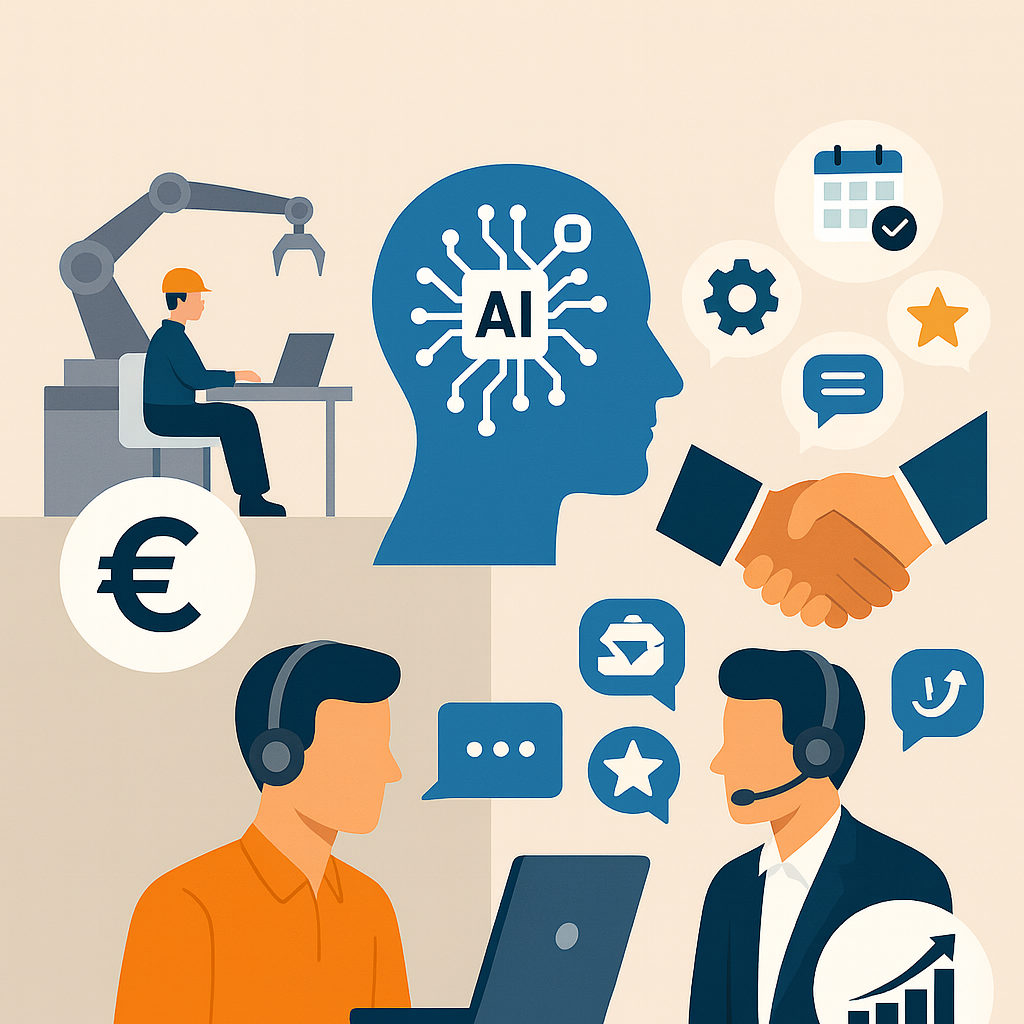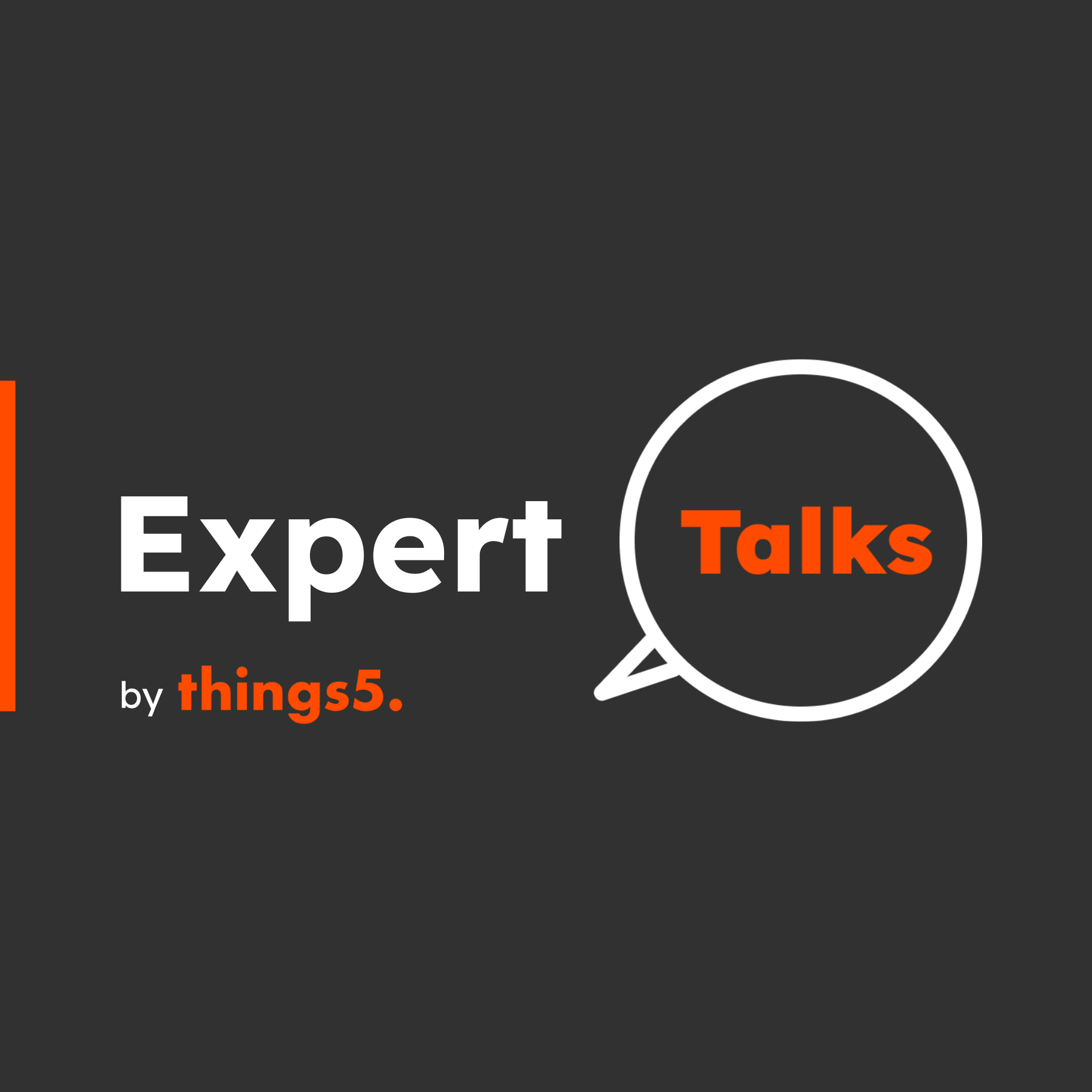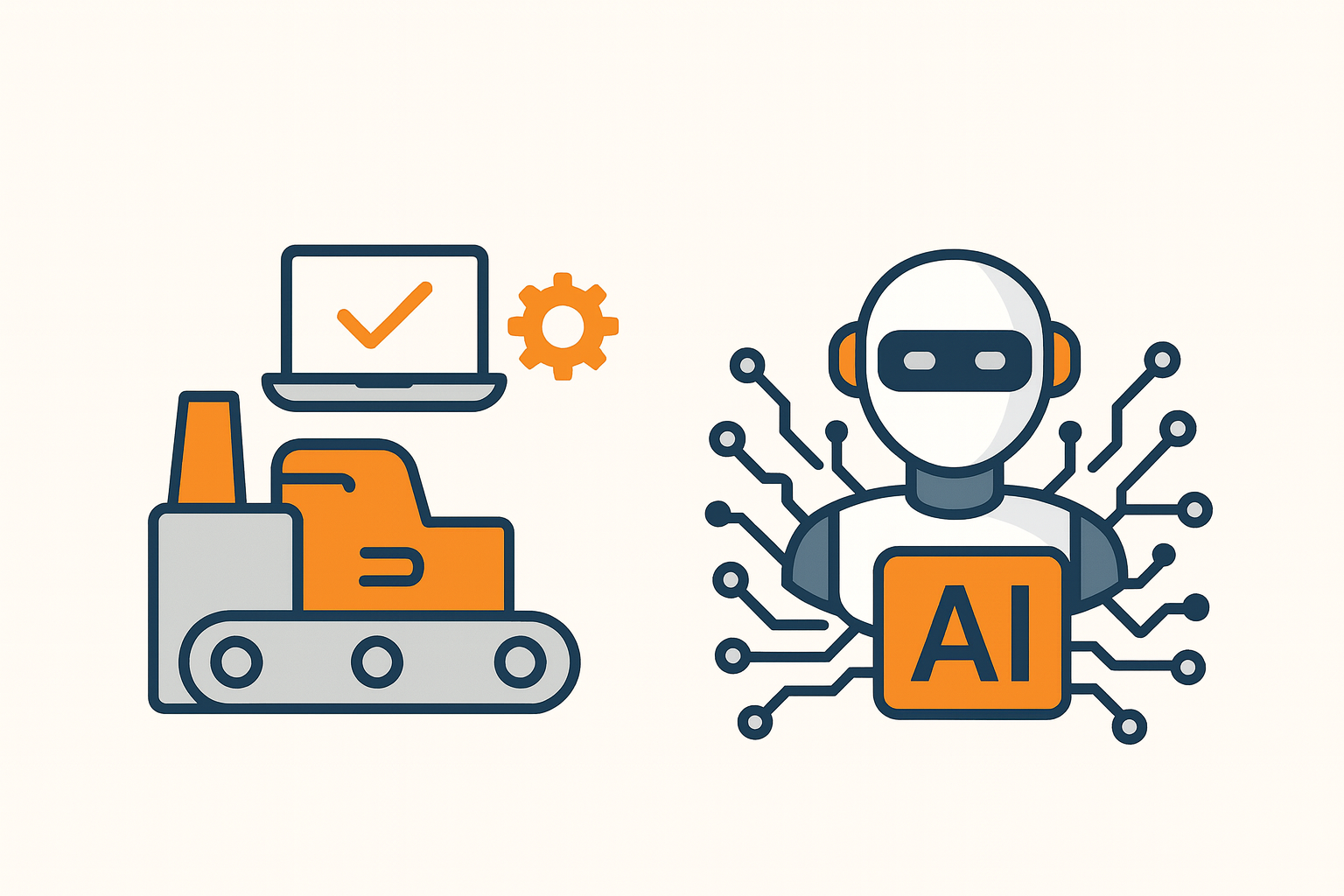Generative AI for Manufacturing Customer Service

From Cost Center to Growth Engine: The Revolution of Manufacturing After-Sales Service with AI

Sara Strizzolo
29th August 2025
In the manufacturing sector, after-sales service has always represented both a complex challenge and a significant cost driver. From warranty management to maintenance, including the training of qualified technical staff and spare parts logistics, companies must constantly balance the pressure to reduce costs with the need to deliver a flawless customer experience.
This challenge is now more pressing than ever. On one hand, after-sales teams still waste more than 40% of their time on low-value repetitive tasks, as highlighted by a BCG report, inevitably delaying response times. On the other hand, customer expectations have become non-negotiable market standards: 77% of them expect to interact immediately with an agent (Salesforce, State of Service Report).
If we analyze some statistics in the manufacturing sector, it emerges that:
- For production-stopping issues, customers expect a first response within 15–30 minutes (High Criticality).
- For malfunctions that do not completely halt operations, the expected response time is 1–2 hours (Medium Criticality).
- For non-urgent information requests or support, the expected response is within 4–8 hours (Low Criticality).
Meeting these Service Level Agreements (SLAs) is essential. Failing to meet market expectations means risking the loss of customers.
The Strategic Answer for Manufacturing
Delivering this level of support, consistently and across a wide variety of issues, 24/7, is costly and logistically complex. Faced with this challenge, the most innovative manufacturing companies are leveraging artificial intelligence to transform after-sales service from an unavoidable cost center into a strategic opportunity.
The goal is not only efficiency but also leveraging technology to strengthen customer loyalty: Salesforce’s State of Service Report confirms that for 88% of customers, good service increases the likelihood of repeat purchases, and 65% expect companies to dynamically adapt to their needs.
In practice, the adoption of AI translates into the development of intelligent assistants that can provide first-level support to customers 24/7, in multiple languages, overcoming traditional geographical and time zone barriers. These assistants are trained through available documentation (user manuals, technical sheets, troubleshooting procedures), as well as service reports and all the materials that can make the assistant an expert on products and the resolution of the most common problems.
In this way, AI acts as a filter for all the simpler, repetitive requests that clog contact centers, allowing after-sales teams to focus on higher-value activities and complex case resolution. At the same time, these assistants become an essential tool for technical teams, who can query them to quickly find the information they need, without wasting time on manual searches.
The end result, from a customer experience perspective, is a consistent and personalized journey where every interaction aligns with the customer’s history and the brand’s values, delivering a seamless and tailored experience.
A Key Challenge: Knowledge Management
So far, everything may sound simple, almost like a magic solution to all problems, but the true potential of generative AI is unlocked only when it can rely on a centralized, structured, and constantly updated knowledge base (SAP).
Any AI project in after-sales must therefore begin with a knowledge management strategy—the process of acquiring, organizing, and sharing corporate expertise—with the goal of making existing documentation an accessible and intelligent resource for both human operators and AI systems, as highlighted in the article Moving from GenAI to Agentic AI in the Customer Experience.
Even today, after-sales teams spend too much time searching for information across manuals, emails, and fragmented databases (58% of agents in low-performing companies switch between multiple screens to find the necessary data, compared to 36% in high-performing ones—Salesforce).
As a consequence, if we ourselves struggle to find the right information, AI cannot operate effectively in an environment characterized by incomplete, siloed data.
When companies approach these initiatives, they typically face two main gaps: lack of reliable data and data fragmentation (Zendesk).
The first obstacle is the difficulty of collecting complete and accurate data:
- Traceability issues: Multiple channels (emails, calls to sales reps, messaging apps) make it difficult to track all customer interactions.
- Undigitized information: Field technicians often do not draft detailed reports due to lack of time or habit. Valuable information remains in people’s heads and is not systematized.
- Incomplete input data: Those receiving a report often lack all the necessary details. Contact forms are too standardized and fail to capture the specifics of the issue.
In recent years, ERP and CRM systems have made data tracking and digitization easier, but the second obstacle remains: the dispersion of information across different systems and formats.
- Structured vs. unstructured data: Critical information is contained in both structured databases and unstructured sources like emails or reports, which are difficult to analyze automatically.
- Data silos: Information may reside in separate, non-integrated systems. This separation prevents AI from having a complete picture and providing an effective autonomous solution.
Currently, the experience of senior operators allows them to navigate these challenges, but with significant time losses. Experienced operators know which sources are reliable, identify anomalies, and validate information—skills that automated systems lack. However, this reliance on individuals’ tacit knowledge becomes an organizational liability, making the company vulnerable and slowing down knowledge sharing.
Making Knowledge Intelligent: The Steps to ‘AI-Ready’ Data
To overcome these challenges, companies need a methodical process to turn raw information into a strategic asset ready for AI.
- Data mapping and collection: Identify all relevant knowledge sources, both internal and external, and ensure controlled accessibility for project teams.
- Cleaning and standardization: The most critical phase. Correct errors, fill gaps, eliminate anomalies, and define a standard format for all data. The goal is reliability and consistency, turning data into “smart,” high-quality inputs processable by LLMs.
- Integration and centralization: Once cleaned and standardized, data must be unified. This eliminates silos and creates the holistic view AI needs. Integration with external software like ERP, CRM, and ticketing platforms can further enrich the assistant’s context.
While the early phases remain under company control, document transformation can be supported by specialized partners in AI tool implementation. This hybrid approach allows companies to maintain control of strategic know-how while outsourcing technological execution.
Aware of the time and resources needed to create optimized documentation, together with Dalet we launched a collaboration that offers T5.Support clients a turnkey service for activating their assistant, drastically reducing implementation times.
It is crucial, however, to understand that this process does not end with implementation.
As
McKinsey emphasizes, a
continuous cycle of review and validation is necessary to ensure high-quality responses. Improving and maintaining
data quality is the fundamental enabler for effective automation tools, because the true power of AI emerges when its technological capabilities are constantly aligned with deep business context knowledge.
Use Cases
From failure prevention to streamlining service processes, AI becomes a true digital partner, supporting both end customers and field technicians. Some of the most relevant use cases include:
- Product usage support: The AI assistant provides guidance on optimal machine use, tailored to the customer’s specific needs.
- Remote diagnosis and troubleshooting: A customer describes an issue to the AI assistant, which consults technical documentation and troubleshooting procedures to guide them step by step toward self-resolution, reducing the need for onsite interventions.
- Proactive spare parts management: Linked to IoT data, AI detects component wear in advance, sends personalized notifications, and directly suggests the replacement part with instructions, preventing downtime and unexpected costs.
- Smart support for field technicians: Via an app, technicians can query AI in natural language to instantly access the right documentation, reducing intervention time and errors.
- Order automation: Through channels such as WhatsApp or corporate chat, customers can request spare parts, check order status, and receive pre-filled purchase proposals generated by AI.
- Requesting specialized interventions: The assistant allows customers to directly book maintenance, testing, or complex interventions without intermediaries.
- Proactive notifications: In case of an error on a connected machine, AI enriches the alert with an explanation and resolution steps, transforming a technical notification into a guided support experience.
The Benefits of AI in After-Sales
Although validating ROI may seem challenging, aggregated industry data clearly shows a direct impact on key performance indicators:
- Time savings: Companies implementing AI in after-sales report an average of 10 work hours saved per month per employee (TeamViewer report).
- Cost reduction: According to Zendesk’s CX Trends Report 2023, 66% of manufacturing companies agree that AI and bots have led to significant cost savings.
- Operational efficiency: The Freshservice Service Management Benchmark Report 2024 shows that process automation reduces average ticket resolution time (ART) by 26.63%, while AI-based assistance further reduces it by 34.58%. AI also enables faster first-interaction resolutions in 77% of cases.
- Better customer experience: AI does not replace human operators—it enhances them. 69% of customers, according to Zendesk, expect problems to be solvable remotely, and 61% of manufacturing leaders have already seen a decrease in onsite visits thanks to virtual tools.
Customers welcome these tools, provided they are effective and the option to speak with a human operator remains available for complex issues.
From Support to Value: Advisory After-Sales
Generative AI takes after-sales beyond the logic of “problem-solving,” transforming it into a growth and loyalty engine. Thanks to AI-powered support tools, after-sales becomes the closest customer touchpoint, able to understand real usage contexts and intervene precisely.
As McKinsey highlights, today’s customers expect immediate, personalized, value-added interactions. In this scenario, AI-powered after-sales evolves into an advisory partner capable of generating new business opportunities.
For example, it can:
- Anticipate customer needs by suggesting scheduled maintenance or component upgrades before failures occur.
- Identify up-selling and cross-selling opportunities by recommending new modules, accessories, or services to improve productivity.
- Offer proactive consulting, turning each interaction into an opportunity to strengthen partnerships and demonstrate added value.
Under this new paradigm, after-sales becomes one of the main channels for generating recurring revenue and deepening customer relationships.
Companies that embrace this approach first will secure a lasting competitive advantage, positioning themselves among the most innovative and customer-focused leaders.
The only step left is to try.



